Palau snorkeling was on our bucket list for a long time. Our first trip was canceled during COVID, but we were able to go in 2025. It is a wonderful snorkeling destination with a variety of types of reefs to explore and a lot of fun and interesting sea life to see.
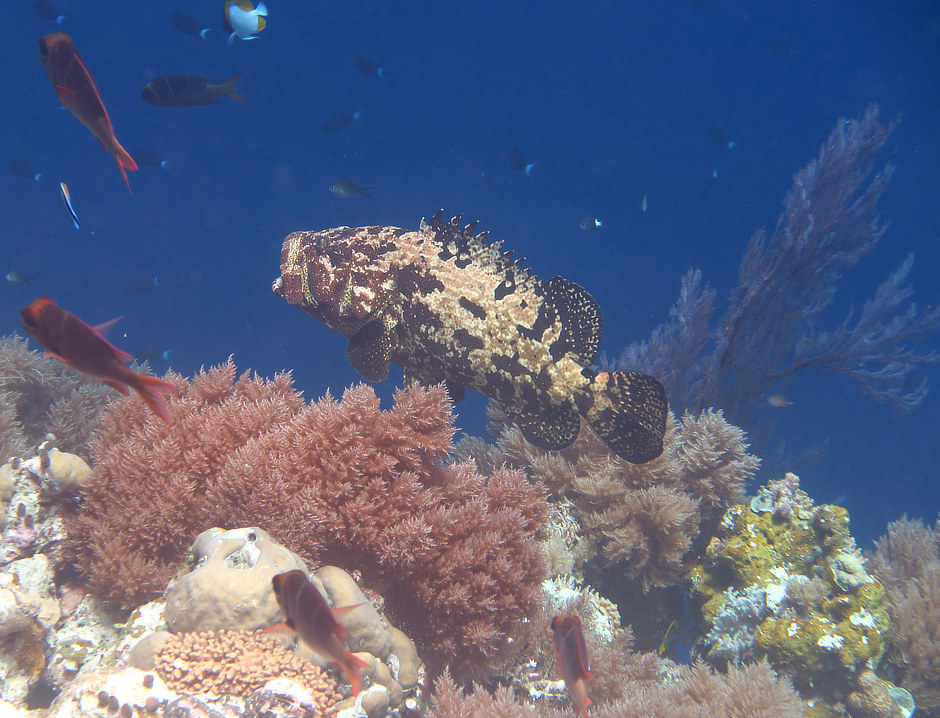

Palau is an atoll, which is why that variety exists. There are reefs with drop-offs on the outside edges of the atoll. There are also channels where the water moves in and out of the atoll with the tide. These channels are home to lots of sea life.

On the inside of the atoll are reefs around islands that are often called lagoon reefs. These lagoon reefs have unusual corals and fish life. Also on the inside are what are known as marine lakes, enclosed bodies of water with only a small opening for the sea water to come in and out of. These marine lakes are unique habitats for corals, creatures, and fish. We got to snorkel all these types of reefs and more.
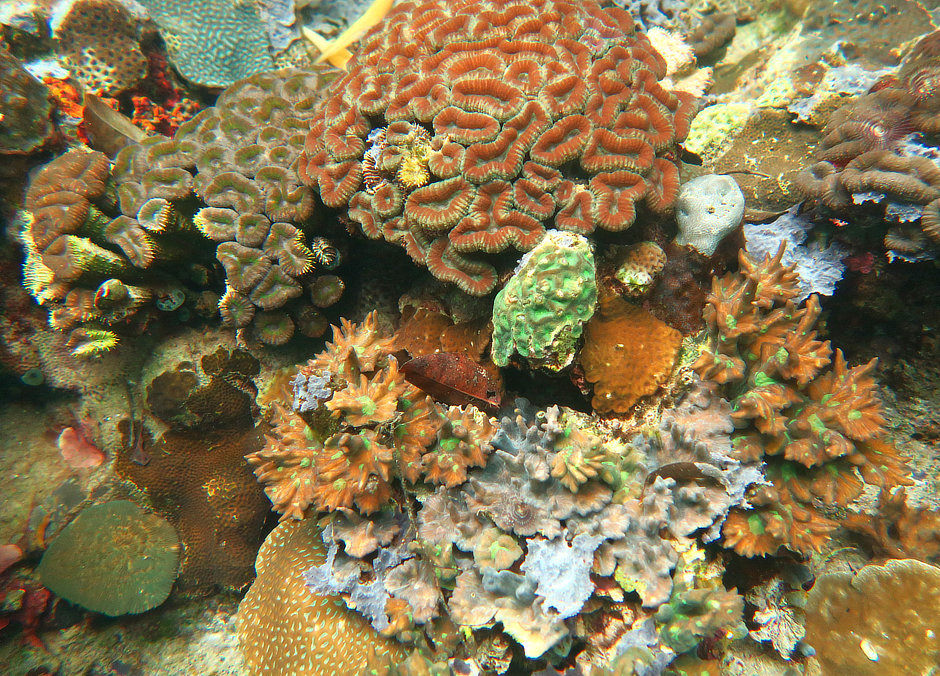
What we loved about Palau snorkeling is that you can see both small reef creatures and fish along with large creatures, like sea turtles, reef sharks and manta rays. While the coral reefs here are not the most vibrant, diverse or colorful reefs we have seen, they are very enjoyable, with nice hard corals, some colorful soft corals, and some unusual corals in the lagoons and marine lakes.
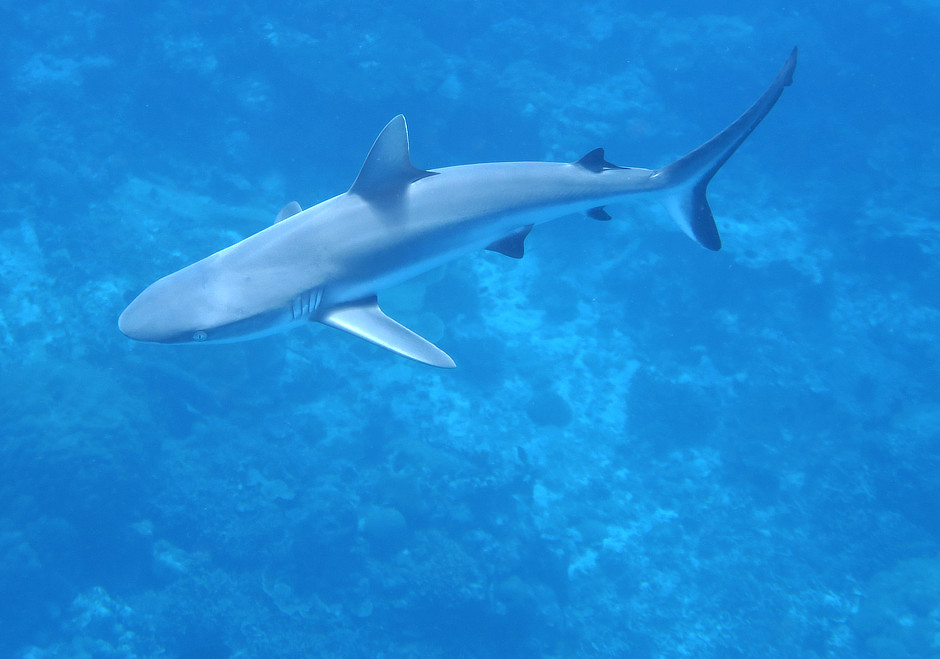
Where is Palau?
Palau is a country in the western Pacific, just north of the equator, near both Indonesia and the Philippines. It is not technically in the Coral Triangle, but it is nearby and has high biodiversity and abundant sea life.

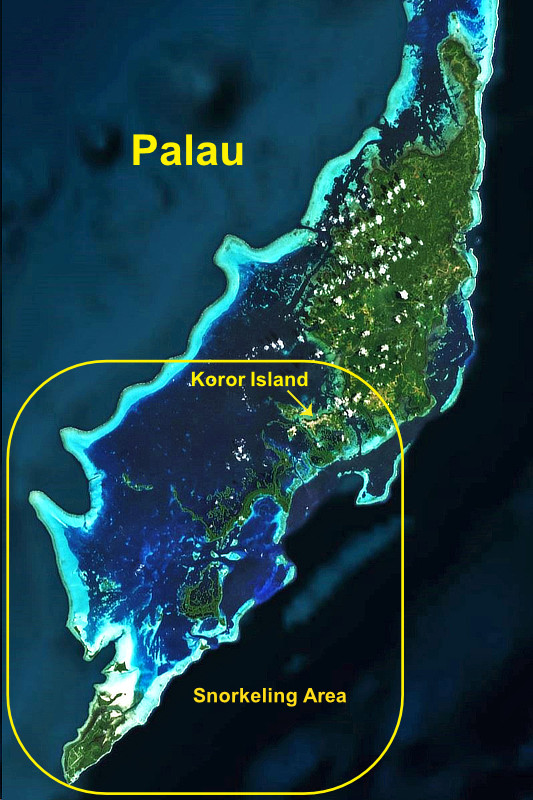
Where Did We Snorkel in Palau?
Palau is a small country and the area that people snorkel is quite small too. Koror is the main town, and island, in the country and it is basically in the middle of the atoll. All the snorkeling we did was south of Koror.
How Do You Reach the Snorkeling in Palau?
There is very little shore snorkeling in Palau; the snorkeling there is primarily done by boat. Most snorkel boat tours are day trips that start in Koror town. You can reach most all of the Palau snorkeling spots within an hour speedboat ride from town, which if you only wanted to do a few days of snorkeling, would be great.
But, since you have to fly a long way (it is not the easiest place to get to…) you might as well spend some time and immerse yourself in the reefs. The best way to do that is book yourself on a liveaboard that can anchor or moor out in the islands where you have very short boat rides to the spots. The liveaboards generally cater to divers, so it is good to go on a snorkeling only charter, like we did (read more below under How to Snorkel Palau).
Sign up for our free monthly newsletter to get notice of more great destinations added to the site.
What Palau Snorkeling is Like
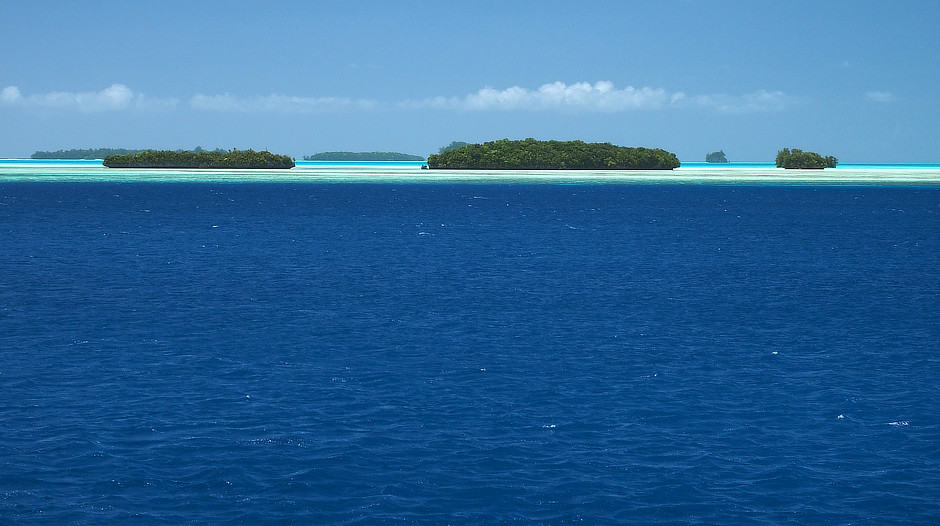
Channels or Passages
There are a few different types of reefs you can explore while Palau snorkeling. Likely the most well-known and popular are the channels, also known as passages. Around the outer edges of the atoll, there are channels that allow water to flow into and out of the inner lagoon. These areas are teeming with sea life. The corals are often numerous and healthy, predators like large fish and sharks, are there to hunt for food, and filter feeders are in big numbers because plankton is funneled through the channel.
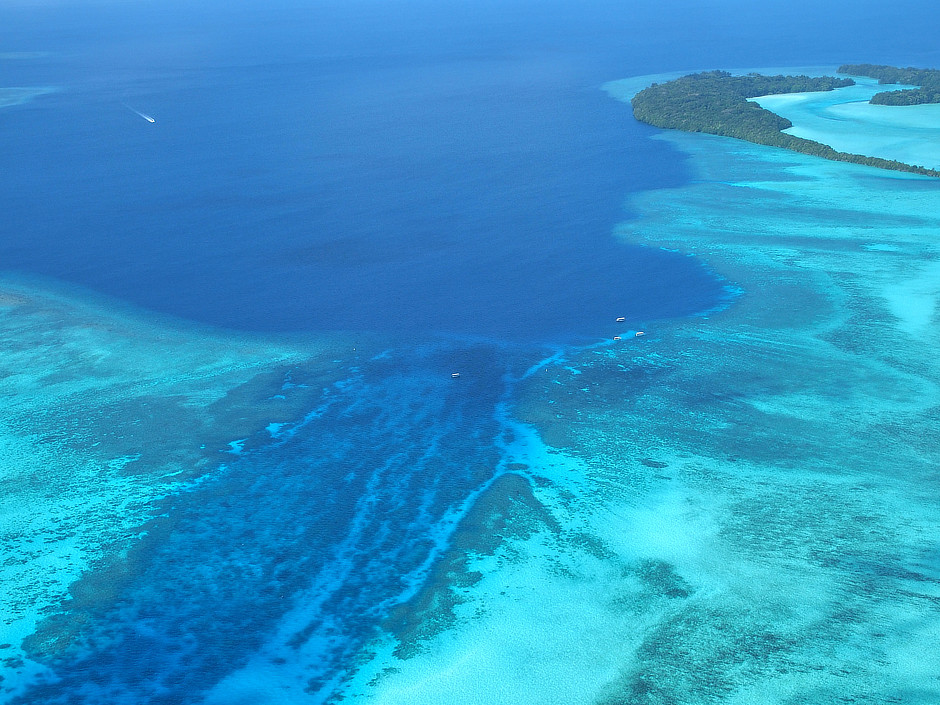
We snorkeled various parts of German Channel at least three times and it was wonderful. It is near the south end of the atoll. Snorkeling inside the channel itself we saw the most densely healthy corals on our trip. There were many varieties of hard corals along with some soft corals. There were giant clams, some of the biggest we’ve seen. There were beautiful reef fish, and even a White Tip Reef Shark.

Another attraction for German Channel is that on the outside end of it, there are a couple of deep cleaning stations that attract large creatures like sharks and manta rays. Alas, we did not see mantas at the cleaning station, but on our first boat ride through the channel we spotted one from the boat in very shallow water.
What we did see while floating above the cleaning station was massive amounts of fish swimming around us in the blue water, schools of needlefish at the surface, schools of fusiliers eating plankton, three different types of unicornfish in the mix, a school of black snappers, a barracuda and some chubs too. On one visit, we started to see sharks swimming around the cleaning station. It turned out to be about 15 Gray Reef Sharks getting cleaned, what an awesome sighting!
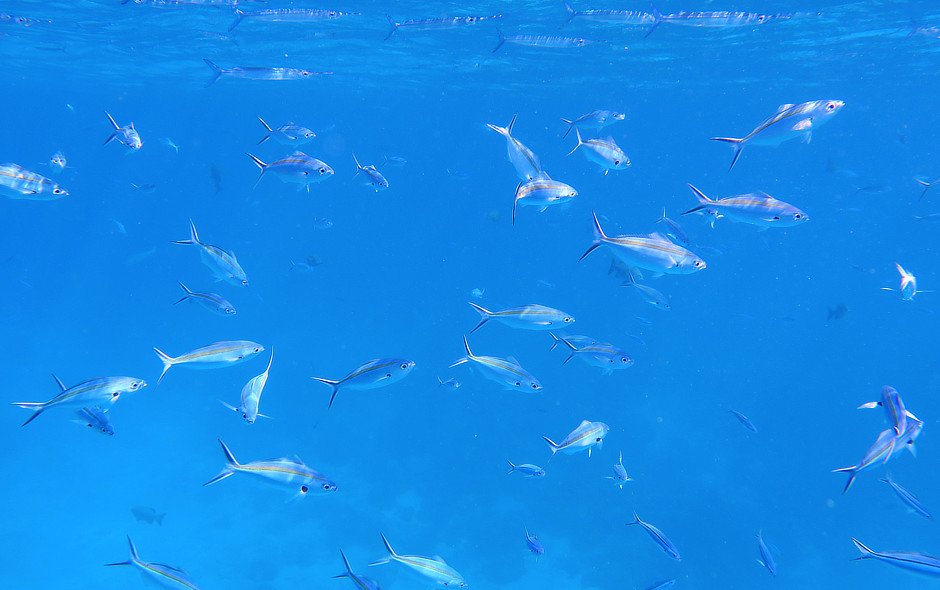
The thing with snorkeling in channels or passages is that you have to get the timing right to be able to ride the current. If you don’t either you are fighting a current or getting swept by too quickly to see anything. We also tried to snorkel Ulong Channel a few times, but we never got the currents quite right.
Foggy Masks, Fin Blisters and Angry Snorkels!
Poorly fitting, cheap gear, can ruin your trip. See our snorkeling equipment reviews and fitting suggestions to make sure your next trip is great.
Fringing Atoll Reefs
Another common type of Palau snorkeling reef was a fringing reef on the outside of the atoll. They were all reefs with some area of shallows, but then they drop-off steeply into deep blue ocean. These areas usually have good visibility.
Big Drop Off was a fantastic spot of this type, an outer wall reef not too far out from German Channel. As you can guess by the name, the reef here drops off quite vertically, but the shallow shelf above the drop-off was full of life and if you kept your eye out in the blue there were some large creatures swimming by, like White Tip Reef Sharks, a school of Blackfin Barracuda, and huge Napoelon Wrasse.
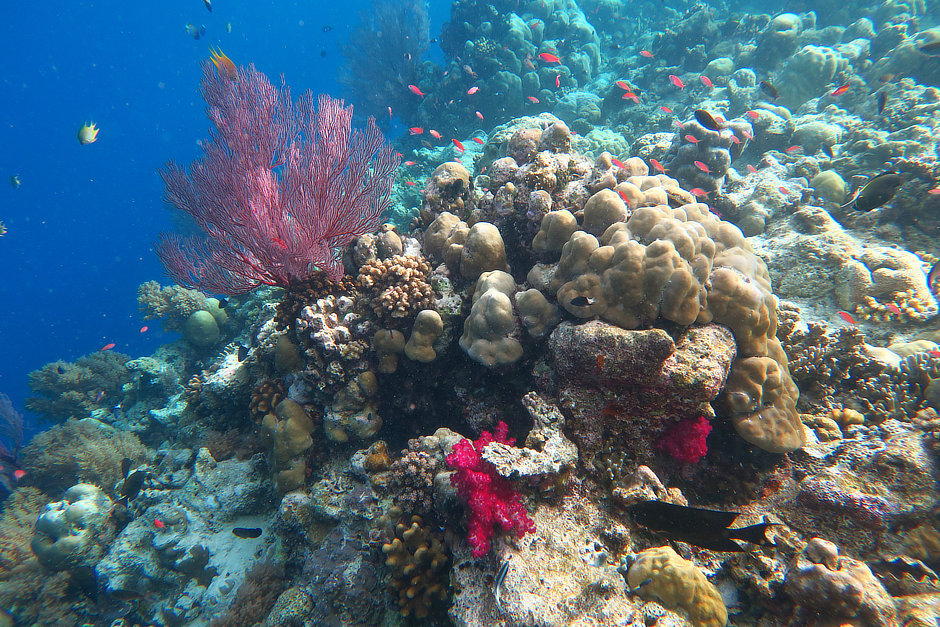
Some highlights of what we saw in the shallows were leather corals, and hard corals, Black Tip Reef Sharks, Clown Triggerfish, Hawksbill Sea Turtle, Orangefin Anemonefish and gorgeous schools of anthias. On the wall we saw numerous colorful Dendronephthya soft corals and gorgonian sea fans. There were schools of fish floating in the blue water above the drop-off like Pyramid Butterflyfish, Humpnose Big-eye Bream, Humpback Snapper, and Lunar Fusiliers. And just over the edge of the drop-off we spotted a huge Marbled Grouper getting cleaned.
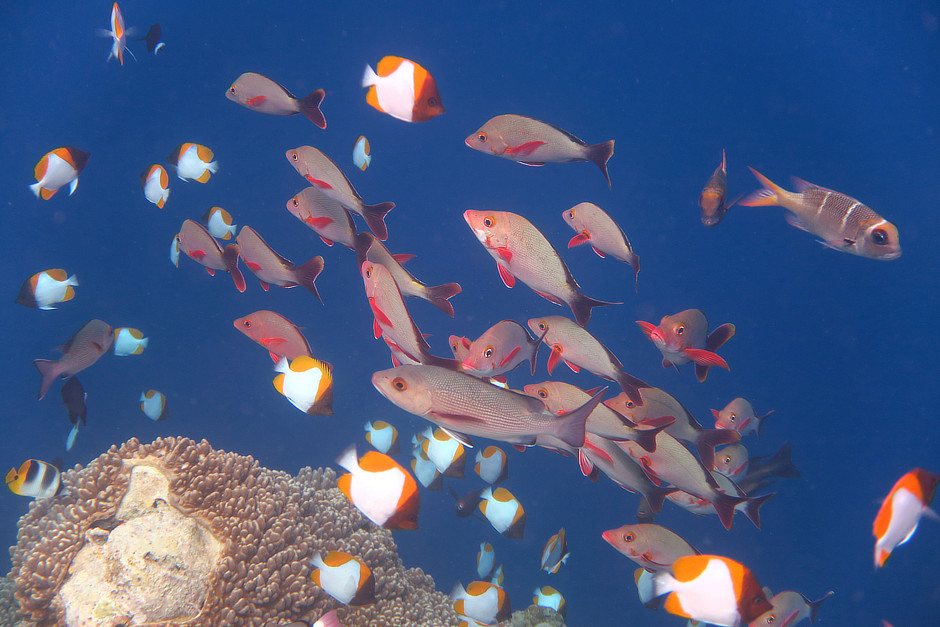
We snorkeled quite a few fringing drop-offs both north and south outside German Channel. These Palau snorkeling spots all had some cool things to see like big schools of snapper and parrotfish, turtles, sharks, larger fish species, and fun topography, like holes, fingers and canyons. There are not a lot of healthy corals in the shallows on tops of many of these walls as during half the year they are subject to large ocean waves.
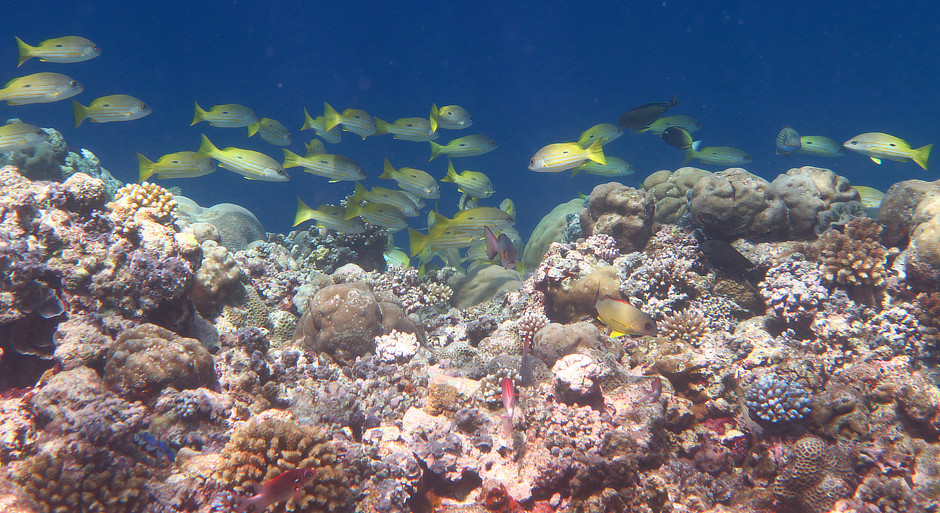
Lagoon Reefs
Inside the atoll around the many beautiful islands, are lagoon reefs. They shelter some unique corals and sea life. The sea life is different because these waters move much less with the tides than they do in and near the channels and on the outer walls of the atoll. That also means that the visibility is not crystal clear, but much of the sea life lives in the shallows, so you hardly notice.
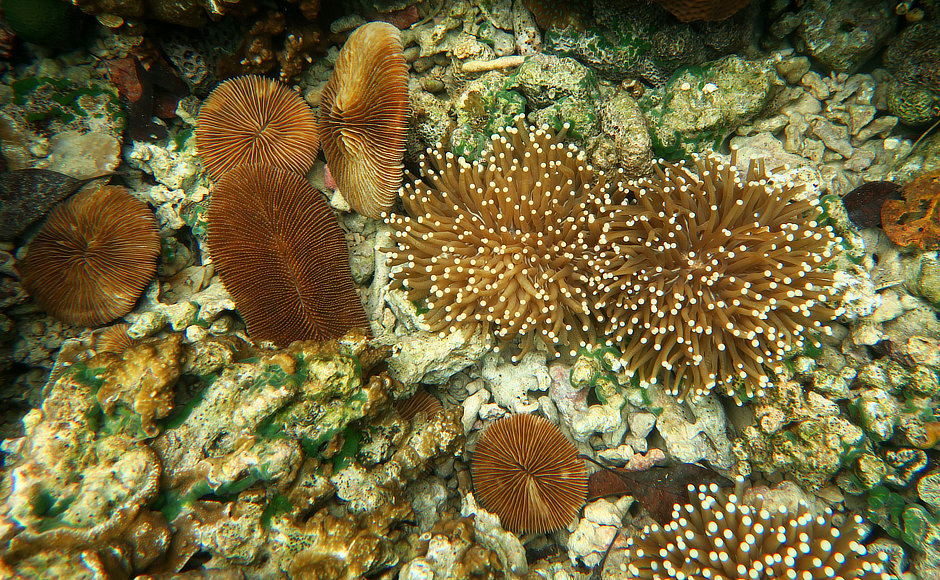
One of the wonderful things about Palau snorkeling is the ease with which you can see the tiny, elusive and gorgeous Mandarinfish. We snorkeled a spot known as Rembrandt a couple of times and each time I spotted at least six Mandarinfish in about three feet of water. Even though they were in shallow water, it was difficult to take good pictures; below is the best one. The leaf from a tree is to the right of the fish for some perspective on size.
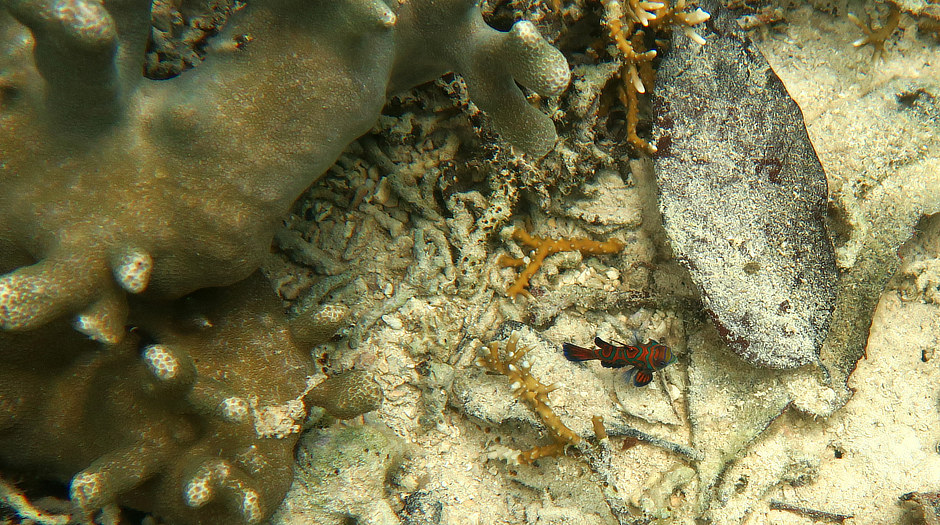
This lagoon reef had feeding mushroom corals, so many colors of open brain coral, bubble coral, wire coral and so much more. There were some of the coolest boring clam patterns here too. A nearby lagoon reef had a variety of cardinalfish, one of our favorite type of fish to see.
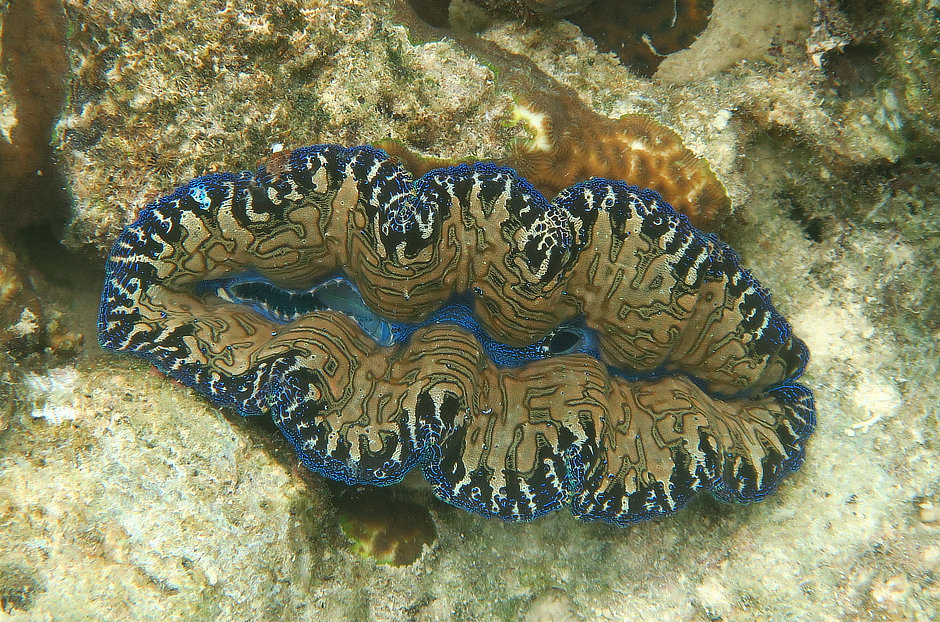
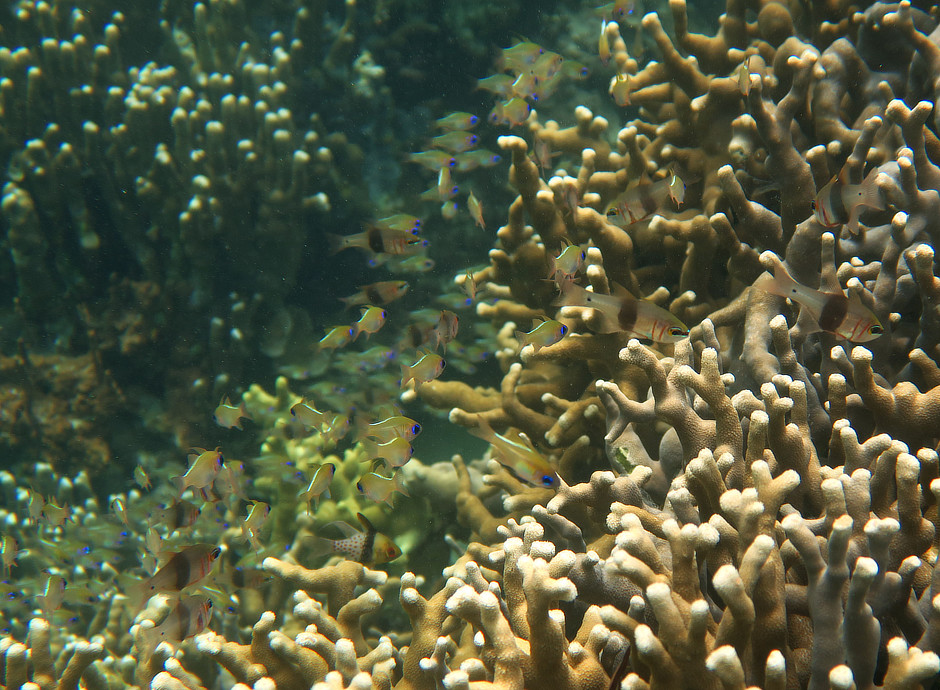
Marine Lakes

Palau’s Jellyfish Lake is probably the most well-known of its kind in the world. Though you can snorkel in jellyfish lakes in many more places now. The iconic photos of people swimming in a lake absolutely full of stingless jellies is not currently a reality in Palau. They had a massive die-off a number of years back that made the news.
But, if you are willing to swim, at the far end of the lake, there are a decent number of the beautiful golden jellies, and quite a few large clear moon jellies to see. On your way out, along the shoreline edge, there is some other interesting and unique life to see, including beautiful delicate anemones, which will eat jellies if they catch them, tiny mussels and sponges that cover many surfaces in the water, and many Orbiculate Cardinalfish that hover in place. It still makes for a worthwhile Palau snorkeling outing.
Jellyfish Lake requires a hike to reach and the influx of sea water comes through the rock. We snorkeled two other marine lakes that had arches we could swim under, which were the sole source of sea water coming and going from the lakes. Some of the corals were different than you see on the outer reef, and there were beautiful and colorful dendonephthya in the arched entryways. There were also giant clams in various striking color patterns.
How to Snorkel Palau
As we mentioned above, there is very little shore snorkeling in Palau. You need to get on a boat and get farther out into the atoll, to one of the lagoon reefs or marine lakes, one of the channels, or one of the outer wall reefs. There are many day boat options in Koror that you can book. We had three days of snorkeling this way and it was fine. But, it takes an hour, one-way, to reach the channels and outer wall reefs, which makes for a good deal of travel time. During this time you get a lot of sun exposure from the reflection off the water, and you get windblown because they are speedboats going quite fast.

During our Palau snorkeling trip we also had a week on a liveaboard boat. We slept and ate on the boat out near the atoll’s outer edge. Then the boat trips were only 5-10 minutes to the snorkel spots. It was much more relaxing and you get more time in the water.
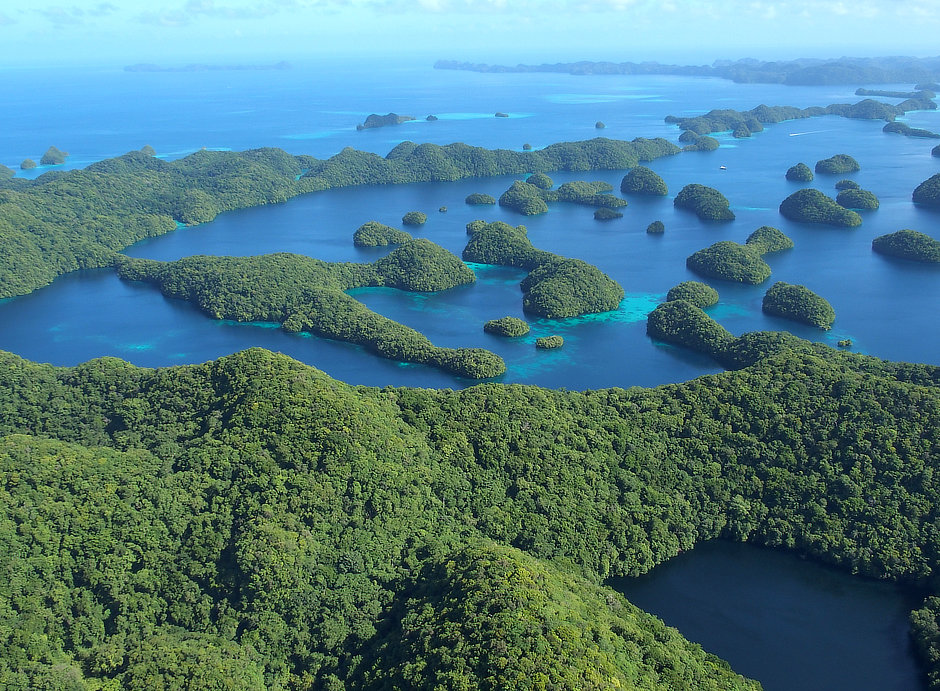
If you want to make the most of your stay in Palau, and spend ample time exploring Palau’s diverse marine environment, we recommend getting on a liveaboard chartered specifically for snorkeling. Our trips partner offers a two week long liveaboard trip to snorkel the best of Palau.
Palau National Marine Sanctuary
In 2020 the government protected about 230,000 square miles (600,000 sq km) surrounding the atoll of Palau. Within 80% of the area, known as the Exclusive Economic Zone (EEZ), fishing is completely banned. In the remaining 20% fishing, particularly commercial, is very limited and priority is given to Palau for sustaining their food sources.
In 2009 Palau created the first shark sanctuary in the world, protecting all shark species from fishermen wanting them only for their fins. The shark sanctuary uses the same borders as EEZ above.
Both of these protections are working to keep the populations of fish and sharks high, which helps make Palau snorkeling a joy.
